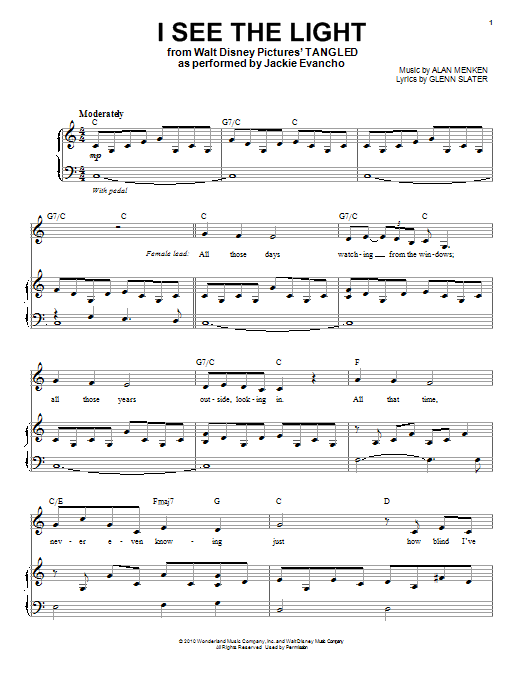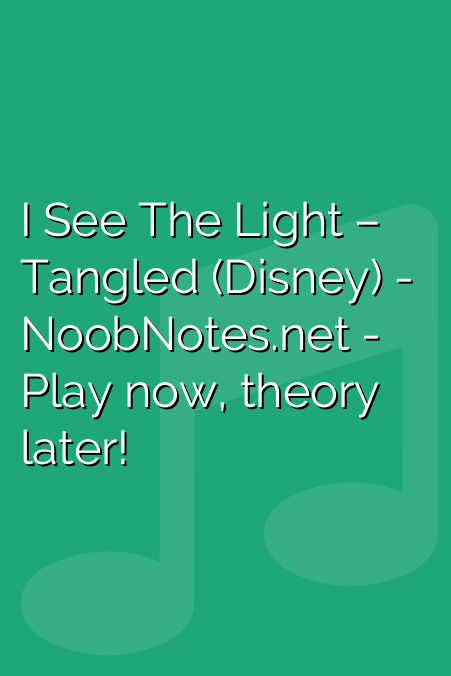


I never imagined my pinkies would see so much use. What I’m not prepared for is the physical toll. And I can follow the heck out of flashing lights. My sense of rhythm has gotten better (at least during the exercises). “Not because there was a trick or a secret, but because you enjoyed it so much, you made the time."Īs I alternate between lessons from the two services, I can feel myself improving. “You will learn faster,” says Chris Thür, CEO of Yousician. In general, the goal is to create an engaging educational experience, all without that pesky human interference. Both options feature tutorial videos and licensed third-party pop music tracks to play along to. The individual keys light up with a dull red glow as they follow the lessons displayed on a companion app. The ONE has the edge there, since it is an actual keyboard.

You’ll need an instrument to produce the sounds in the first place, though. Yousician relies on your phone’s mic to pick up tonality and determine if you’re playing the right notes. I split the task of my formative musical development between two products: the smartphone app Yousician and the ONE Light Keyboard, which is advertised as “a piano that can teach you to play." Both of these digital tutors follow the same basic approach: bite-size exercises in which you play along with color-coded notes as they scroll across the screen, Guitar Hero–style. I choose the piano because it's a relatively straightforward instrument (I'm not about to go throw myself on a zither). I know I want to make a great song, and now I know what makes a great song, though that doesn’t mean much unless I can actually play one. “How do you produce your own tracks, how do you write your own songs, and take these ideas and put them through your own personal lens and experience and write your own music?”īeato’s breakdowns help provide a foundation for where I want to go. “I want people to learn about how songs are put together, right down to the production of it, right down to the individual sounds,” Beato says. He likens the approach to a forensic analysis. His most popular videos are a series called “ What Makes This Song Great?” In each, Beato picks a song by artists from Journey to Tom Petty to Tool and analyzes every element of the sound. Though Beato was skeptical, his wealth of musical knowledge and infectious enthusiasm struck a chord (I know, I know) with his audience. He’s a 57-year-old, white-haired producer from Atlanta who started his Everything Music channel because an intern suggested he should.

Beato isn’t somebody you’d peg as a typical YouTuber.


 0 kommentar(er)
0 kommentar(er)
